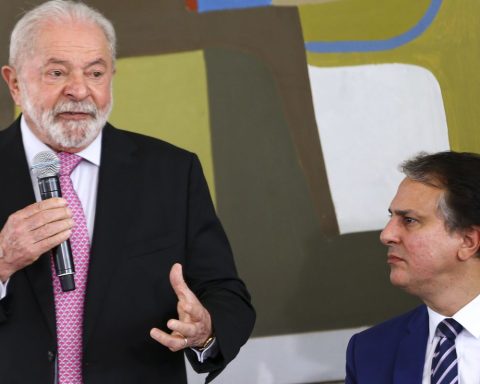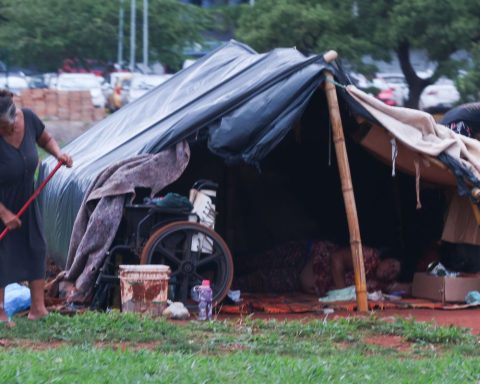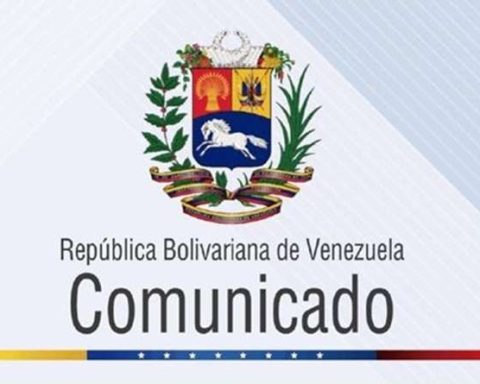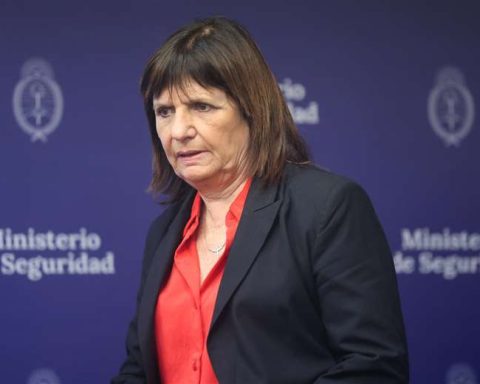Brazilian consumers have already paid, this year, R$ 25.8 billion in subsidies embedded in taxes on their electricity bills. The amount is equivalent to 12.59% of the average tariff paid by homes in the country. The survey was released today (29) by the National Electric Energy Agency (Aneel) through the Subsidiometera tool created to detail the subsidies present in the electricity sector and what their cost for the consumer.
The digital report consolidates data provided by energy distributors and the Electric Energy Trading Chamber (CCEE) on the cost items that make up the Energy Development Account (CDE), which is the industry fund that aims to provide resources for various public policies in the electricity sector. In the last five years, the CDE has doubled its budget, from R$15.99 billion in 2017 to R$32.10 billion in 2022.
Of the amount paid on the invoice to the CDE, for example, R$ 8.9 billion went to the Fuel Consumption Account (CCC), used to pay for thermoelectric generation in isolated systems, which were not connected to the National Interconnected System (SIN ), such as regions of the Amazon. The cost of generation from renewable sources also took R$ 6.9 billion. Another R$ 3.3 billion went to the Social Tariff, to fund a discount for low-income families.
In Distributed Generation, the subsidy reaches R$ 2.2 billion, which includes micro and mini energy generation systems, that energy produced by consumers themselves, mostly from solar panels.
For the general director of Aneel, Sandoval Feitosa, some of these subsidies are aimed at social policies, “whose merits are unquestionable”, but consumers must know who benefits from the amounts paid “and decide whether these benefits included in the subsidies compensate the amounts paid on invoice”. “The CDE needs to be thought of as a public budget, through which new expenses must be limited to new sources of revenue. The electricity bill cannot be seen as an infinite source of funding for public policy”, he said, during a presentation of the Subsidiometer, at an ordinary meeting of the Aneel board.
“The clarification of society and also of public policy makers in relation to this agenda is fundamental for decisions to be taken with due knowledge of their impacts”, he explained. In this line, according to Feitosa, the National Congress has made legislative changes in the sense of reversing the trend of implementing subsidies in the electricity bill.
For him, the high cost of the CDE and subsidies as a whole “has limited the role of electricity as a vector of productivity gains, competitiveness and personal well-being”.
“The discussion, to be fair, should be based on efforts to reduce electricity tariffs, reduce subsidies funded through tariffs, seek new sources of revenue for the CDE, that is, guidelines that expand social well-being of the population, increase the competitiveness of the country and the industry, facilitate the collection of taxes with average rates, ensure adequate remuneration and adhere to the business risks for distributed generation entrepreneurs, as well as centralized generation and distributors, avoiding unfair income transfers ”, he argued.
Distributed generation
From 2023, according to the Distributed Generation Legal Framework, part of the subsidies for micro and mini-generation of energy are now included in the CDE. According to Feitosa, the current estimate of costs is approximately R$ 1.4 billion, borne only by the captive market (those who buy from the local energy distributor). “That is, more increase in the CDE accounts”, he highlighted.
Aneel’s director general said that a bill pending in the National Congress (PL 2703/2022) provides for the postponement of this deadline. But this, according to him, would further aggravate this situation by approximately R$ 25 billion to be implicitly included in the tariff over the next few years.
“Also, in addition to bringing insecurity to the sector, since they propose to re-discuss the amendment of a law that has been in effect for less than a year and which will result in the expansion of benefits for a small group of consumers to the detriment of the overwhelming majority. consumers who will bear these costs”, he argued.
According to Feitosa, in addition to the costs included in the CDE, approximately 4 billion for subsidies are already foreseen for 2023, implicit in the energy tariff.
THE Aneel it has open public consultations on the regulation of the legal framework and to detail how the expected tariff benefits will be contemplated in the CDE and in the tariff processes of the distributors.
















